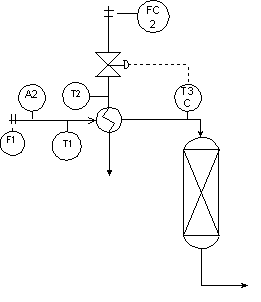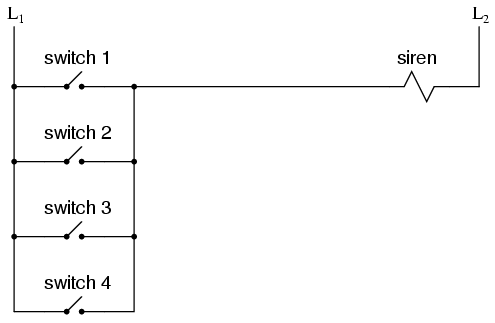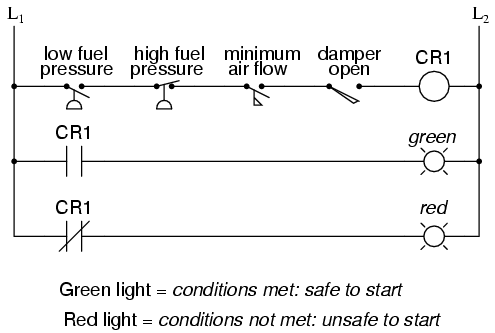Impedance
| |||
| |||
| V = voltage in volts (V) I = current in amps (A) Z = impedance in ohms ( R = resistance in ohms ( |
The term 'impedance' is often used (quite correctly) for simple circuits which have no capacitance or inductance - for example to refer to their 'Input Impedance' or 'output impedance'. This can seem confusing if you are learning electronics, but for these simple circuits you can assume that it is just another word for resistance.
Four electrical quantities determine the impedance (Z) of a circuit:
resistance (R), capacitance (C), inductance (L) and frequency (f).
Impedance can be split into two parts:
- Resistance R (the part which is constant regardless of frequency)
- Reactance X (the part which varies with frequency due to capacitance and inductance)










